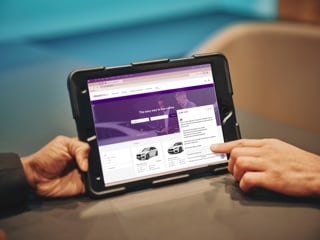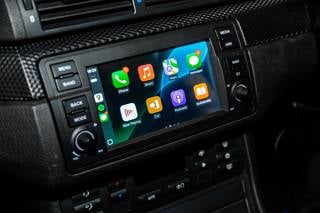By Professor Jim Saker
Although the Harvard Business Review is one of the more popular academic journals, it rarely generates much attention in the wider business market. In November 2014, however, it published an analysis that could have a profound effect on the automotive retail sector.
The article, entitled ‘How Smart, Connected Products are Transforming Competition’, was written by Harvard Business School’s Prof Michael Porter, who has for many years been regarded as the leading academic in the area of strategy. His famous ‘Five Force Model’ has been used by industry since the early 1980s.
In the piece, Porter looks at the potential impact embedded technology could have on industry structure.
Embedded technology has been used in the car industry for a number of years, in engine diagnostics or boosting fuel efficiency, for example, but Porter says this only goes so far. The real change, he argues, comes with the ability of the technology to be connected to not only other parts within the same vehicle, but to other vehicles and the manufacturer.
This is already happening in other industries. Rolls-Royce, the aircraft engine manufacturer, monitors the performance of its engines as they fly anywhere in the world, to predict when an engine needs servicing. It can then arrange parts and specialists to be in place to do it.
Porter’s article, however, analyses the likely impact of this embedded technology on the bargaining power of buyers and suppliers in the supply chain.
Knowledge of car buyers is power, but who gets it?
The concept of ‘big data’ is not new, but its exploitation is still at an early stage of development.
Manufacturers now have the capability of knowing all about the car’s performance, how it is being driven, when it needs servicing, but on top of that can know everything about the customer. With PCPs being commonplace, it gives the manufacturer a range of options to develop the financial services part of the business. Connected cars also give manufacturers the option of moving into areas such as insurance in a much bigger way than previously attempted.
Porter argues that this technology has the potential to move the balance of power within the supply chain from the retailer/distributor to the manufacturer. This raises the issue of who will own the customer in the future?



















Login to comment
Comments
No comments have been made yet.